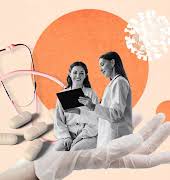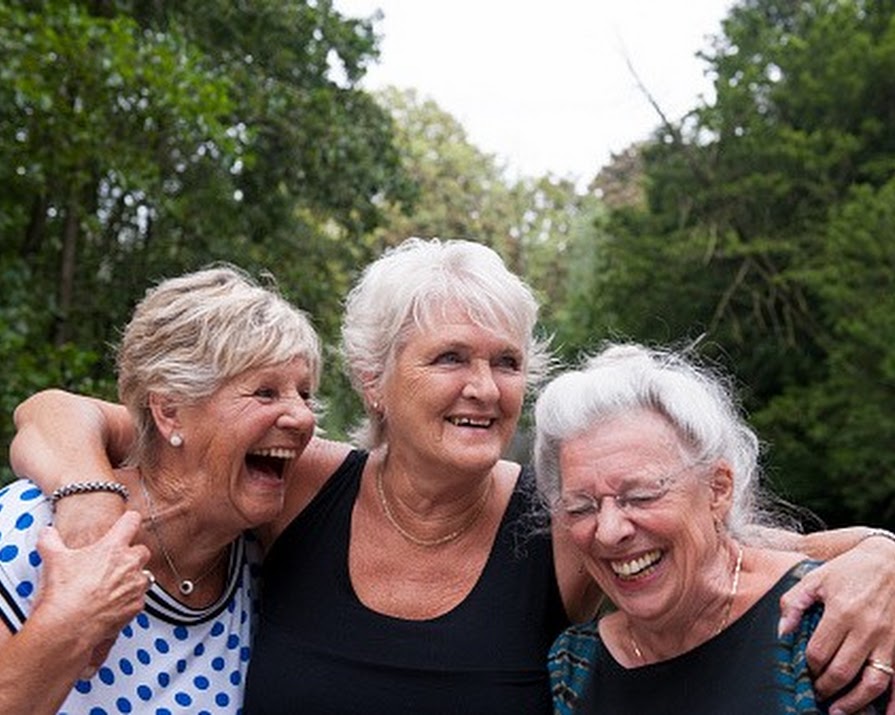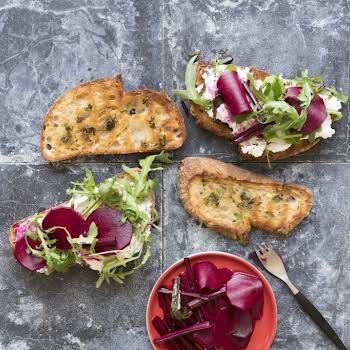
By IMAGE
13th Aug 2015
13th Aug 2015
If you’re the type to compare yourself to others (aren’t we all), you may have noticed that someone who shares your birth year either appears to age faster or slower than you, while you scratch your head wondering why you’ve been blessed or (if it’s really bugging you) cursed. Researchers have now honed in on over a dozen factors that determine the rate at which you age, and it’s far more than just perception.
For a study published in the Proceedings of the National Academy of Sciences, Daniel Belsky and his team put their magnifying glasses to work on a number of 20 and 30 year olds, determining 18 different factors that showed how fast or slow they were aging. On one hand the markers discovered proved to align naturally enough with physiological aging (similar to the biological effects of aging found in ‘old’ people) and on the other, they discovered that those who aged faster also looked older.
As part of the long-running study, 954 New Zealanders born in 1972 and 1973 were monitored from the ages of 26 to 38. All those involved agreed to be tested across 18 different factors linked with aging. They had their blood pressure, lung function, body mass index, inflammation, cholesterol and DNA (among others) monitored over time. Using this data, Belsky and his team were then able to create a biological age for each volunteer. By taking the same tests at age 32 and again at 38, they were able to determine not just their biological age at one time but the pace at which they were aging (yes, mind blown, also, would you want to know?)
As the researchers expected, though some people were the same age, they were aging at different rates with different biological ages. Some lucky folk discovered that they were biologically younger and aged slower than their birthday would suggest.
While the genetics element is out of our hands, reassuringly, Belsky determined that a good 80% of factors associated with aging are not genetic and therefore well within our control. Diet, exercise, water intake, skin care, sun exposure and stress management are all aspects of our life that will affect the rate at which we age, and they are all within our grasp.
What this study may well be able to help with, is to determine how effective anti-aging treatments will be, putting pressure under the world’s biggest beauty brands to deliver results that work.
?This is just the beginning. The next step is to figure out what knowing this information helps us to do. One of the things it can help us do is identify the causes of accelerated aging so that we might slow it down. And the other thing it can help us do is evaluate therapies that slow down aging.?
From here Belsky and his team will continue their studies, measuring their participants in their mid 40s to see how their behaviours now affect the rate at which they age over the coming years, which will help towards that elusive discovery of how to slow it all down.
?We can start to evaluate which behaviors are working to slow down aging… It’s a tremendous opportunity to begin to sort things out.?
An abstract from the study –
The global population is aging, driving up age-related disease morbidity. Antiaging interventions are needed to reduce the burden of disease and protect population productivity. Young people are the most attractive targets for therapies to extend healthspan (because it is still possible to prevent disease in the young). However, there is skepticism about whether aging processes can be detected in young adults who do not yet have chronic diseases. Our findings indicate that aging processes can be quantified in people still young enough for prevention of age-related disease, opening a new door for antiaging therapies. The science of healthspan extension may be focused on the wrong end of the lifespan; rather than only studying old humans, geroscience should also study the young.























